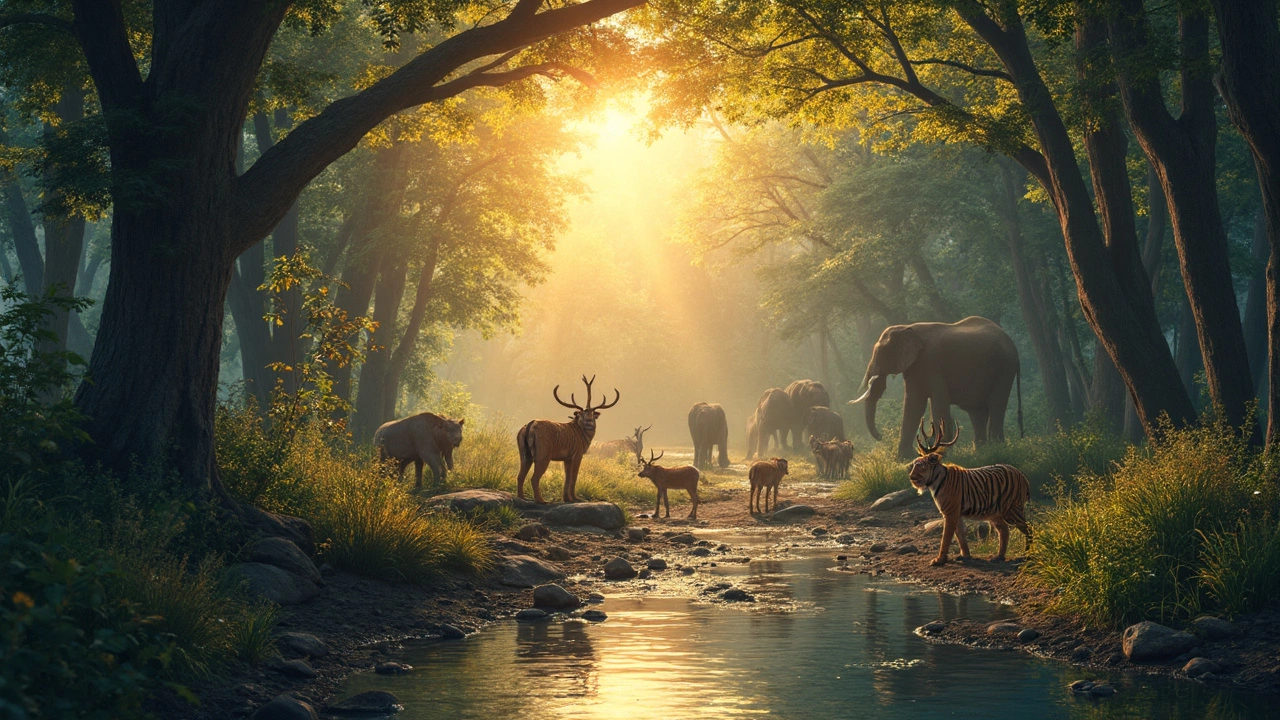Threatened Species in India: Why They Matter and How to Help
When you think of India’s wild places, you picture tigers stalking through tall grass, elephants moving in quiet herds, or rhinos standing like ancient statues in the mud. But many of these animals are threatened species, animals at high risk of extinction due to habitat loss, poaching, or human-wildlife conflict. Also known as endangered animals, they’re not just symbols of nature—they’re vital parts of ecosystems that keep forests, rivers, and grasslands alive. India holds some of the last strongholds for species like the Bengal tiger, Asiatic lion, and one-horned rhinoceros. Yet even here, their numbers are fragile. A single road cutting through a forest, a poacher’s snare, or a drought made worse by climate change can push them closer to the edge.
These threatened species, animals at high risk of extinction due to habitat loss, poaching, or human-wildlife conflict. Also known as endangered animals, they’re not just symbols of nature—they’re vital parts of ecosystems that keep forests, rivers, and grasslands alive. aren’t just found in remote reserves. They live in places you might visit—like the forests near Nagpur, the wetlands of Kaziranga, or the Himalayan trails you trek. And when you travel responsibly, you help protect them. Choosing eco-friendly jungle camps, hiring local guides who know the land, and avoiding souvenirs made from animal parts all add up. It’s not about giving up adventure—it’s about making sure the wild doesn’t vanish while you’re watching it.
India’s wildlife conservation, efforts to protect and restore native animal populations and their habitats. Also known as biodiversity protection, it involves government reserves, community programs, and on-the-ground rangers who risk their lives daily. isn’t perfect, but it’s working in places where people and animals share space. The same guides who lead you through the jungle can tell you which trails are safe for tigers, which villages are helping rhinos, and which lodges support anti-poaching patrols. And when you learn about these efforts—like the ones tied to UNESCO World Heritage Sites or protected forests—you start seeing travel as more than sightseeing. It becomes part of the solution.
What you’ll find in these posts isn’t just facts about animals. It’s real stories from the field: how a trek in the Himalayas connects to snow leopard survival, why temple visits near forests matter for local wildlife, and how a simple decision—like which train route you take—can avoid disturbing migratory corridors. These aren’t abstract ideas. They’re choices you can make next time you pack your bag for the wild.
